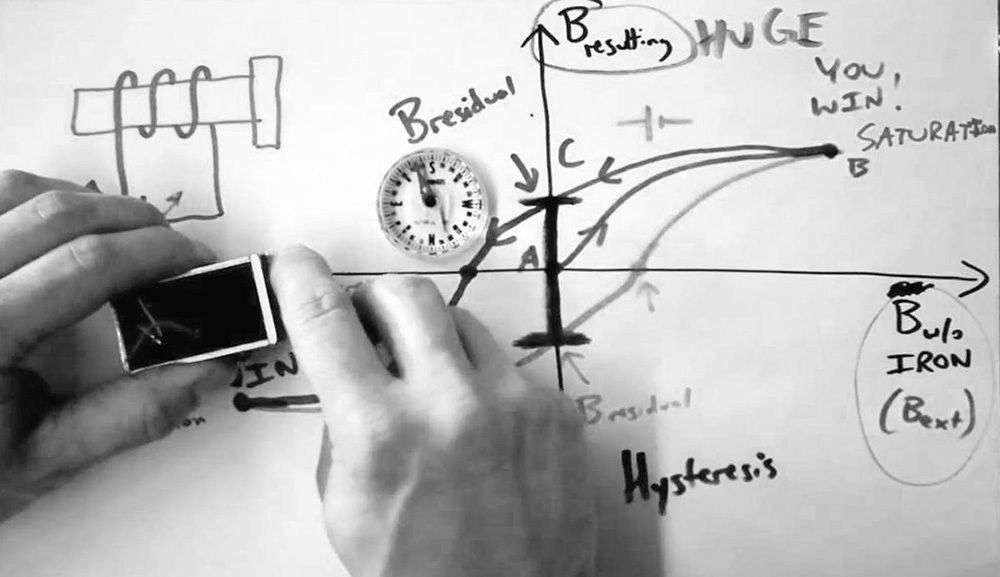What is the difference between a permanent magnet and an electromagnet?
Before trying to explain the main differences between a permanent magnet and an electromagnet, we believe it is necessary to define, in a very simple way, what each of them consists of and how they provide their ability to magnetize.
On the one hand, we must bear in mind that in an electromagnet the magnetic field is produced by the current that ends up reinforcing the iron core. For this reason, we can be sure that when the electric current that we are applying to the core is disconnected, the strength to magnetize is lost. This is why we must understand that an electromagnet is nothing more than a magnet whose magnetic field is produced by the passage of electric current, which plays a fundamental role in its capacity to generate a magnetic field. Its behavior is very similar to that of a permanent magnet, with the difference that its intensity can be controlled, increased, and decreased, by changing the intensity of the electric current that circulates. When the current stops flowing, the magnetism disappears when it is switched off.
The permanent magnet, on the other hand, does not depend on electric current to function and provide its magnetism. This type of magnet is composed of a ferromagnetic material that is magnetized by the magnetic field outside the magnet. The magnetizing capacity continues even after the magnet is no longer in contact with the external magnetic field.
In such a technological society, where new advances are needed every day for new applications, magnetic materials play a very important role. The use of permanent magnets or electromagnets will depend on the advantages and disadvantages of both, which we will see below.
Advantages and disadvantages of permanent magnets
They do not require a power supply for the production of a magnetic field. As there is no need for electrical energy, it is environmentally friendly. Permanent magnets can be made in different sizes, so it is possible to make magnets of tiny sizes that can fit into small devices.
This type of magnet does not produce magnetic fields at certain temperatures, so it cannot be used for devices that can get too hot. Over time, they can wear out and their magnetic field can be reduced. The magnetic field it produces is fixed, it cannot be varied, so it is not useful for those who need a changing magnetic field.
Advantages and disadvantages of electromagnets
Advantages. They can operate at higher temperatures than permanent magnets and, above all, allow the magnetic field to be changed with an increase in current. This can be done easily and allows the magnetic field to be changed over some time.
Disadvantages. Reaching the desired level requires the use of a large amount of copper winding, which makes it practically impossible to use for devices where there is not enough space. On the other hand, there is also the fear that the application of too high an electric current could generate a short circuit that would render the electromagnet inoperative.
At IMA we offer our customers different types of magnets, whether neodymium, ferrite, samarium, alnico, or plastic magnets, but also some models of electromagnets, among which we highlight the following: circular, rectangular, and drive electromagnets. On our website, you can find all the characteristics and conditions of each one of them, so that you can choose the one that best suits your needs. Visit our website and ask any questions you may have. We will be delighted to help you.









